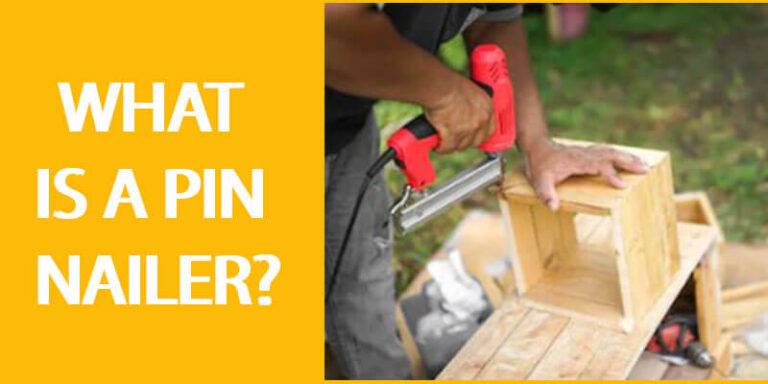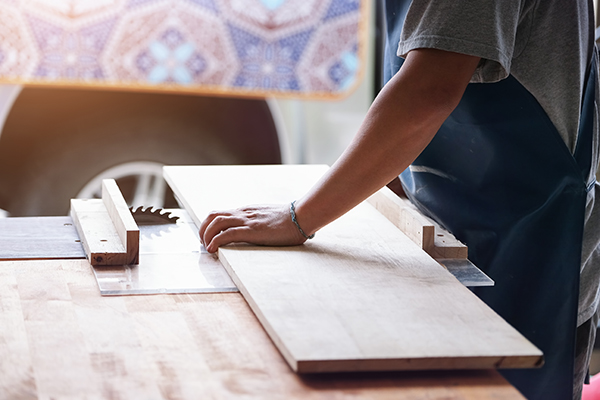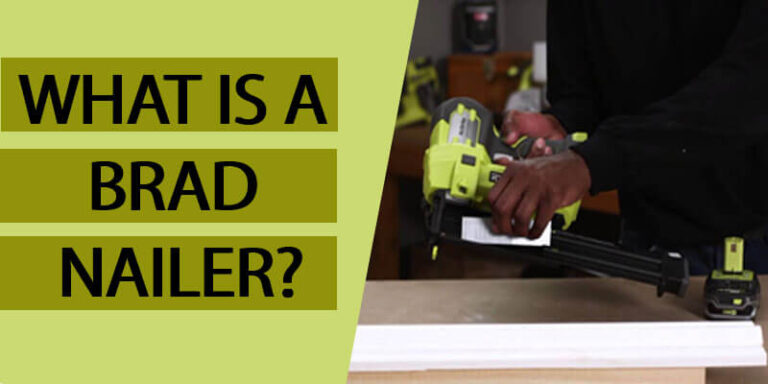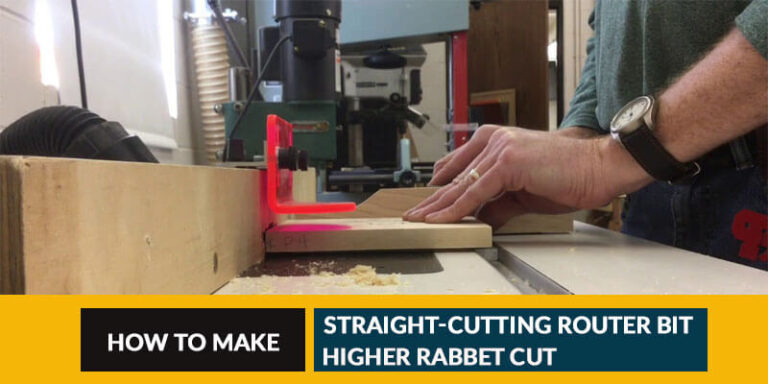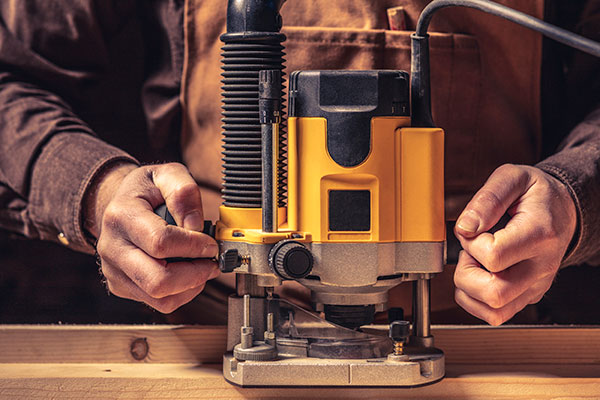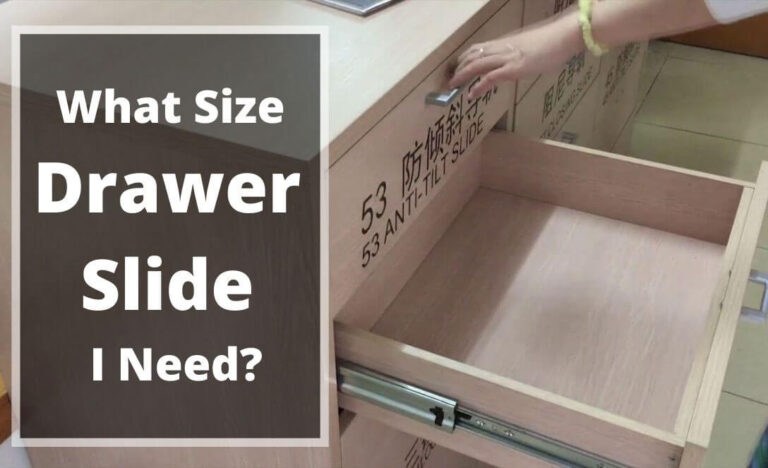Different Types of Woodworking Router: A Comprehensive Tool Guide
According to many woodworkers, the router is the most versatile and vital tool for a workshop. A router offers some great options to woodworkers who need to handle versatile work. Finishing, cutting, shaping edges, creating a pattern- A router has endless possibilities. However, you have to understand which one is perfect for your work.
Well, there are various types of routers out there to grab. But before choosing one, let’s talk about the features, pros, and cons of different types of routers.
Addressing your Router Need
before determining the model, identifying the purpose of the router is paramount. That will help you to compare different models and figure out which one you need.
Function
the function of a router is a vital point. If you are interested in small work like softening the edge, cutting small profiles, etc., then a primary, low cost router is best for you. However, if you are dealing with more complicated tasks like cutting more extensive profiles, dovetailing, working with significant bits for raised panel doors, and creating a zigzag pattern, I would suggest a full-size router with extra features.
Budget
the budget has a direct connection with our buying behavior. Basic, low cost router to router with advanced features- everything depends on price. You can check any router buying guide with a price tag to get a complete idea about the price range. Fortunately, now router with interchangeable bases, and different kits can complete different tasks flawlessly.
Desired Features

Power
Power is an essential feature of a router. Every router has peak horsepower and sustained horsepower. A router operates on peak horsepower for a short time while staying on sustained horsepower for the rest of the time. Power ranges from 1 HP to 3.5 HP for basic to more powerful routers.
If your needs are simple routing like a simple edging task, cutting then, then a router with horsepower is sufficient. But if you plan to deal with heavy work like zigzag patterns, dovetails, joinery, and significant plunge cuts, I suggest going for a router with high horsepower.
Speed Control
the modern versions of the router offer speed control with which the router operates depending on task and bit size. Operating more significant bits at a slower speed gives more control over the router. Many mid-tier and full-sized routers have these speed control options. Even some top brand model offers an electronic feedback system that allows controlling the speed based on load.
Soft Start
soft start is another feature that is directly connected with the safety issue. This feature allows for increased power gradually. Without this feature, a router can start at full speed at the very beginning resulting in injury and damage to the work.
Bit Change System
every model has its system to change the bit. If your router requires changing the bits, then a tools-less bit-changing process is perfect for you. You will also have a spindle lock system that allows a single-wrench bit change system.
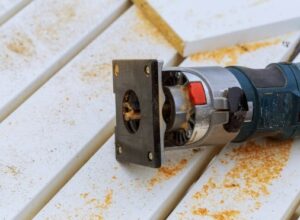 Motor Housing: Metal/Plastic
Motor Housing: Metal/Plastic
Motor housing is usually made of metal or plastic. If the router runs at a peak for a long time, then metal housing is suitable as it gives more durability and strength. On the other hand, plastic housing reduces weight and makes it easier to operate; however, it does not provide durability and strength like metal housing.
Design of the Handle
The design of the handle is another essential feature of the router. Depending on the type, handle placement, and size and shape vary. For example, the plunge router has a high handle, providing more control over cuts. D handle options allow operating with two hands. Sometimes, the router base also influences the handle design, but depending on jobs and personal use, there are specific types of handles.
Chord and Portability
chords and portability are other vital features to consider. The length of the chord gives a clear idea of where you need a power outlet or how far your router can go for the power source. In addition to that, chord ports are available in various styles. For example, the port could be angled and might need a mechanism to avoid tangling.
Types of the Router
Fixed Base Router
As the name suggests fixed base router serves best when fitted with a bench or router table. A fixed base router is the best choice for projects that demand straight cuts, edge cutting, shaping, etc. Since the base is fixed, the bit sticks out to a predetermined length.
- Perfect woodworking tool for beginners
- Lightweight and ideal for a home project
- Deliver precise cut
- The fixed base gives a predetermined bit length
- Affordable and fits in the budget
- Easy to operate
- Not much versatile
- Not a very good option for pattern creating
- Cut depth cannot be changed during the work
Plunge Router

plunge routers are more versatile than fixed routers. So it is perfect for professional work or dealing with complex projects. A plunge router can perform template-based jobs as well as free handwork and all other different complicated actions. As you can adjust the depth of the cut during the work, you will get a precise design with the exact depth. Complicated profiling, different patterns, creating dovetails. Cut incised number, and many more operations can be done by plunge router. In addition to that, its soft start function provides the necessary security, stability, and, Control during work. So if you learn how to operate a plunge router, there is no harm at all.
- Versatile
- Can adjust the depth of the cut
- Precise cut and design
- Can cut from the center
- Soft start and Control and stability during operation
- Advanced mechanism add some weight to the tool
- expensive
- Need the expertise to work smoothly
- Can’t be used with fixed based table
Combo Router Kits

To make woodworking more comfortable now, some top brands have launched combo router kits that offer both fixed and plunge router options, and my woodworking experience says it is worth trying. If you need both fixed and plunge routers for your work, I suggest you buy one combo kit instead of two. The router comes with a motor, and it is interchangeable, which increases your design capability.
- Both fixed and plunge router options available
- Cost less than buying two different types of router
- Occupies less space in the shop
- Frequent base change
Heavy-Duty Router

Heavy-duty routers are the largest and heaviest ones intended for carrying out heavy professional duties. These routers are the most powerful and have the largest collet size. Heavy-duty routers have the capacity of holding cutters over 1½” and can be run heavily for an extended period.
- Largest and powerful
- Powerful
- Can perform a heavy-duty for a long time
- Perfect for professional use
- Heaviest
- Not suitable for personal use
- Need expertise
Medium Duty Routers

Medium-duty routers are those tools that fall in between heavy-duty routers and light duty routers. With the maximum possible maximum collet size of ½”, they will serve you more delicately and accurately; however, they are not capable of doing heavy work
- Perfect for delicate and precise professional work
- Not so heavy as a heavy-duty router
- Not appropriate for heavy-duty
Light Duty Router

While heavy duty and middle duty fall under the professional category, you can classify light duty routers under the semiprofessional category. It is perfect for hobbyists, and as a homegrown professional, you will get maximum benefits from them. You can use them occasionally for a short period. Since it is the smallest one among the three categories (based on duty), it can accommodate smaller bits. The maximum size is ¼”, but some of them have ½” size collet.
- Light weight and can be used occasionally
- Can accommodate small bit
- Suitable for semiprofessional work of hobbyist
- Can’t run for an extended period.
CNC Router

The complete form of a CNC router is Computer Numerical Controlled router. These types of routers are controlled through a computer program. CNC routers can predict high precision in terms of microns and create identical workpieces in terms of size and dimension. So these types of routers are usually used in industries for precise bulk size production.
- Predict dead precision and valuable for industries where accuracy is mandatory
- Can create identical workpiece in bulk size
- A computer can control the process.
- Suitable Only for industrial purpose.
Conclusion
Well! Here is almost everything about routers. Hopefully, this will give you clear ideas about the classification and features of different types of routers. My last suggestion is before taking buying decision. It’s better to think about why you need this tool and what advantage you will get from the tool you will invest in. It is true you can’t ignore the minor disadvantage that comes with every tool. So think wisely about how you are going to tackle those disadvantages too. It will give the best outcome at a reasonable budget.


